What Are Real-World Assets (RWAs)?



Editorial Note: While we adhere to strict Editorial Integrity, this post may contain references to products from our partners. Here's an explanation for How We Make Money. None of the data and information on this webpage constitutes investment advice according to our Disclaimer.
Real-world assets (RWAs) in crypto represent physical assets as digital tokens on the blockchain. Here’s a breakdown of what RWAs are:
Tokenized assets. Turning physical assets into tokens.
Digital ownership. Represents ownership digitally on the blockchain.
Examples of RWAs. Include property, loans, and commodities.
Increased liquidity. Allows quicker and easier trades.
Transparent transactions. Makes transactions more transparent and trustworthy.
As you read this article, a groundbreaking trend is reshaping the way we perceive digital finance — Real World Assets (RWAs).
These innovative crypto tokens are bridging the gap between traditional financial assets and blockchain technology, offering a seamless blend of tangible and digital value. But what exactly are RWAs, and why are they becoming so popular? Let’s dive in.
What are Real World Assets in crypto?
Real-world assets (RWAs) are physical or financial assets, such as real estate, commodities, or stocks, converted into digital tokens on the blockchain. This allows these assets to be bought, sold, and managed online while keeping their original value from the physical or financial world.
Turning real-world assets into tokens fixes common inefficiencies in traditional finance. By moving these assets onto blockchain platforms, RWAs make transactions more transparent and cheaper and allow more people to invest. Imagine owning a fraction of a luxury property or a gold bar — RWAs make that possible using blockchain.
For example, a real estate company can convert a property into digital tokens, each representing a share of ownership. Investors can then buy, sell, or trade these tokens in an online marketplace, just like cryptocurrencies.
RWAs are gaining popularity because they combine the reliability of real assets with blockchain benefits, changing how assets are managed and invested in.
How does Real-World Assets work in crypto
Let’s understand RWAs through key characteristics:
Creating digital tokens. Real-world assets are checked and turned into digital tokens, backed by smart contracts that define legal terms.
Fractional ownership. Blockchain breaks high-value assets like real estate into smaller shares, making them more affordable to investors.
Proof of ownership. Every transaction involving RWA tokens is recorded on the blockchain, which keeps ownership transparent.
Easier trading. Turning assets into tokens makes it easier to trade things like luxury properties that were previously hard to sell quickly.
Compliance steps. Reputable RWA platforms include compliance steps to stop unauthorized transactions and meet legal regulations.
Income-sharing models. Some RWA projects send rent or dividends directly to token holders based on their ownership share.
Voting rights. RWA token holders often get a say in key decisions like how properties are managed or reinvested.
Security features. Legit RWA platforms use secure wallets and regular audits to protect funds and prevent fraud.
Why are Real World Assets useful?
Real World Assets are useful because they make traditional investments more accessible, transparent, and efficient through blockchain technology.
RWAs democratize access to high-value assets by enabling fractional ownership, allowing individuals to invest in assets like real estate or fine art without needing significant capital. Blockchain’s transparency ensures every transaction is verifiable, reducing fraud and enhancing trust among investors.
Additionally, RWAs offer liquidity to traditionally illiquid assets. For instance, selling a share of a tokenized property is faster and easier than selling the property itself.
Pros and cons of Real World Assets
- Pros
- Cons
Fractional ownership. Lets investors buy a portion of high-value assets like real estate or luxury goods.
Access to assets across borders. Makes it possible to invest in assets that were once limited to specific regions or networks.
Easier to buy and sell. Provides more liquidity compared to traditional asset sales.
Clear and trustworthy transactions. Detailed blockchain records make ownership history easy to check.
Smaller amounts needed to invest. Lowers the minimum required to enter markets.
Fewer middleman fees. Reduces costs by cutting out brokers or other intermediaries.
Unclear regulations. Rules around tokenized assets vary by country, making compliance difficult.
Vulnerable to hacks. Digital wallets and smart contracts can be targets for hackers, risking token loss.
Hard to find buyers. Some RWA tokens may have low demand, making it difficult to sell quickly.
Verifying asset value can be tricky. Ensuring that the asset is legitimate and fairly priced requires extra caution.
Need some blockchain knowledge. Investors must understand blockchain basics to navigate tokenized asset platforms.
Best RWA crypto
While the options are plenty, we have curated a list of top RWA crypto out there currently that are paving the path for ground-breaking innovation:
MakerDAO (MKR)
MakerDAO is a leading project in the RWA space, integrating tokenized real-world assets into its decentralized stablecoin system. The platform’s innovative approach has attracted significant attention from institutional investors.
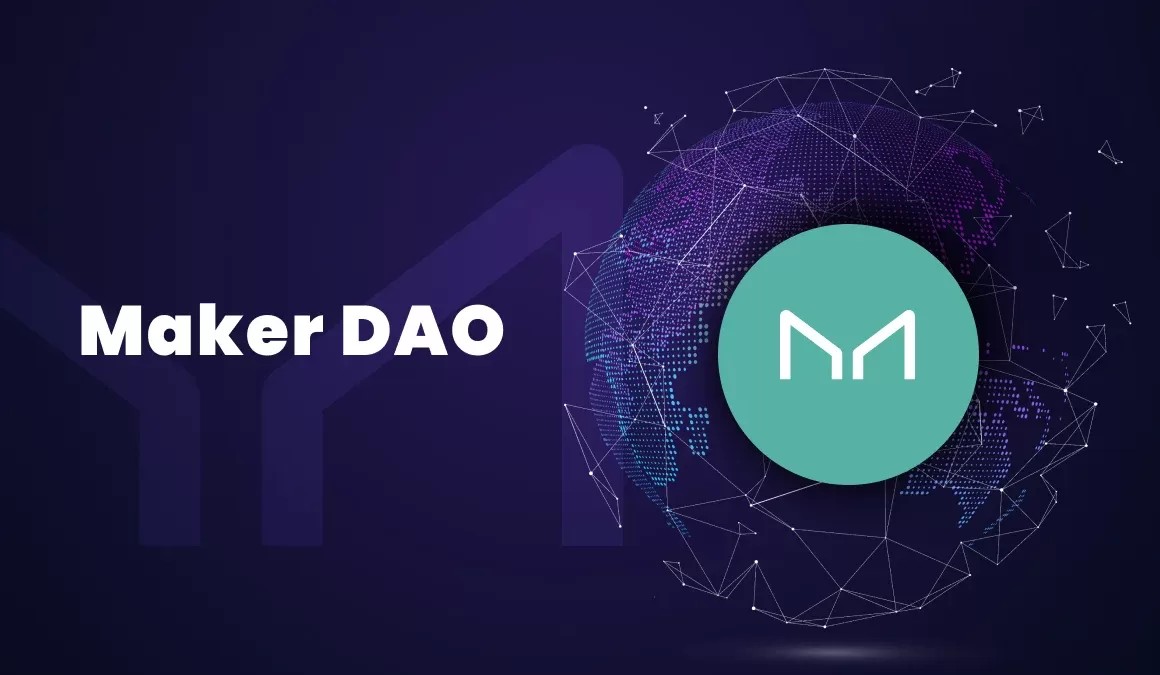
Centrifuge (CFG)
Centrifuge specializes in tokenizing real-world assets like invoices and loans, offering decentralized finance (DeFi) solutions to businesses and investors.
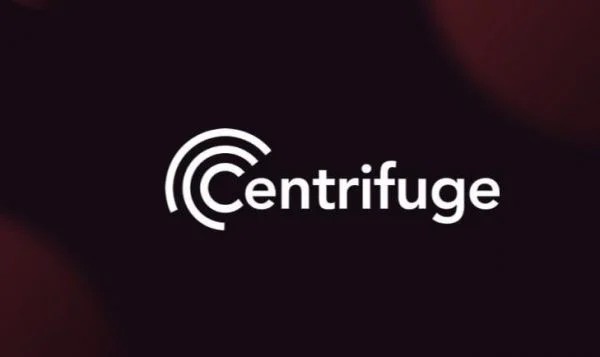
Goldfinch (GFI)
Goldfinch focuses on creating lending opportunities backed by real-world collateral, bridging the gap between traditional and decentralized finance.
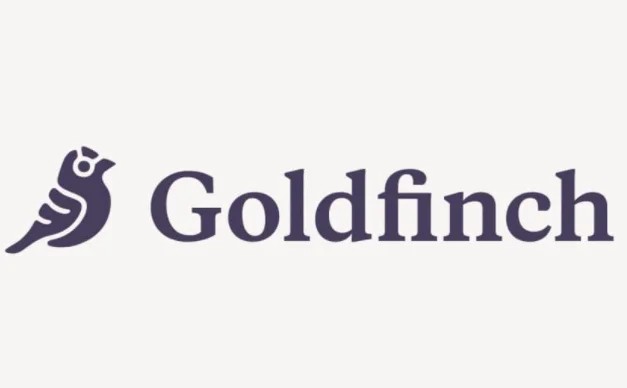
RealT
RealT is a platform for tokenized real estate investments, allowing users to buy fractional shares of properties and earn rental income.
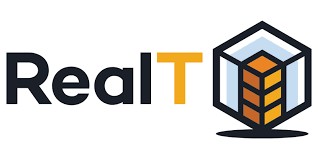
Synthetix (SNX)
Synthetix enables the creation of synthetic assets, including those backed by real-world commodities like gold and silver.
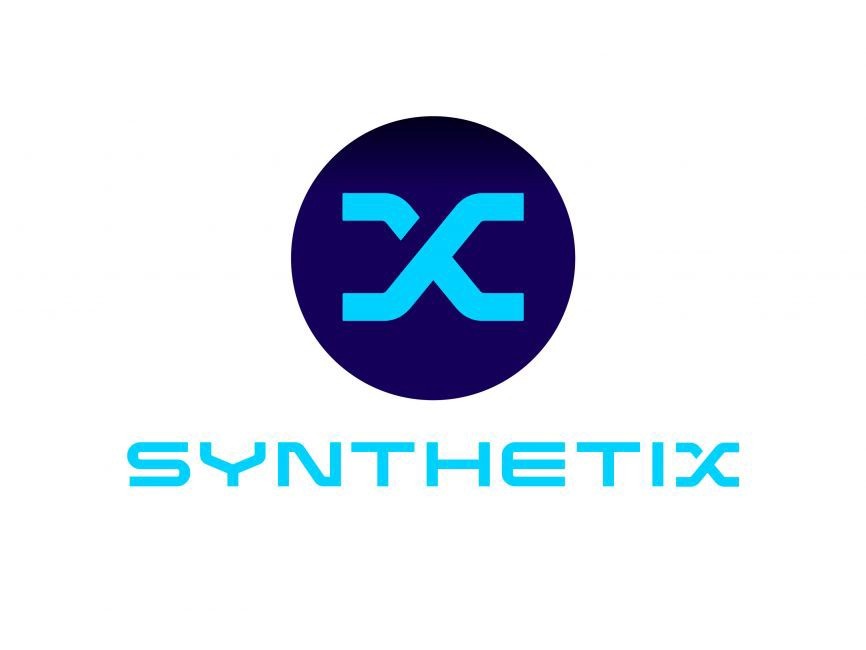
How to invest in Real-World Assets tokens
To invest in RWA tokens, follow these simple steps:
Step 1: Research the market
Understand the concept of RWAs and identify promising projects by analyzing their technology, use cases, and market potential.
Step 2: Choose a reliable platform
Select a trusted crypto exchange or platform that supports RWA tokens. Examples include Coinbase, Binance, or specific project platforms like RealT.
Step 3: Create a digital wallet
Set up a secure wallet to store your RWA tokens. Options include hardware wallets, software wallets, or exchange-based wallets.
Step 4: Buy tokens
Purchase RWA tokens using fiat currency or cryptocurrencies. Make sure to follow platform-specific steps for transactions.
Step 5: Monitor your investments
Keep track of market trends, token performance, and project developments to optimize your investment strategy.
How to find the best Real World Assets tokens
You can find the best RWA tokens by looking into the following fields:
Research projects
Start by investigating the project’s team, mission, and track record. Look for experienced developers and advisors with expertise in blockchain and real-world asset (RWA) tokenization. Evaluate the project's whitepaper to understand its vision, use cases, and technological framework. Projects with clear goals, transparent roadmaps, and proven partnerships are more likely to succeed. Additionally, prioritize those that have already launched products or services rather than relying solely on future promises.
Assess tokenomics
Analyze the token’s supply, demand, and utility to determine its long-term growth potential. Look for a well-designed tokenomics structure that promotes scarcity, rewards holders, and supports ecosystem development. Tokens with real-world utility, such as governance rights, staking rewards, or revenue-sharing models, tend to attract sustainable interest. Assess whether the supply is capped or inflationary and ensure mechanisms are in place to balance distribution and value preservation.
Check regulatory compliance
Regulatory compliance is crucial for RWA tokens since they are tied to physical or financial assets. Ensure the project follows regional and global legal frameworks to avoid potential legal issues. Check whether it has obtained the necessary licenses and adheres to securities laws, especially if the tokens represent fractional ownership of real-world properties or commodities. Projects with proper regulatory approvals are more likely to gain institutional adoption and avoid sudden shutdowns or penalties.
Read community reviews
Engage with online communities, forums, and social media platforms to gather insights and user feedback about specific RWA tokens. Active and supportive communities often indicate strong project engagement and trust. Reviews and discussions can highlight potential red flags, such as security concerns, slow development progress, or negative experiences with the platform. A vibrant and transparent community can also help you assess the project’s reputation and responsiveness to user concerns.
Analyze market trends
Stay updated on broader market trends and developments in the RWA sector. Monitor growth patterns, adoption rates, and new innovations in tokenization. Use analytics tools and market trackers to evaluate performance metrics like trading volume, price trends, and liquidity. Identifying emerging trends early can help you invest in promising RWA tokens before they gain mainstream attention, maximizing profitability and growth potential.
Is investing in Real World Assets tokens worth it?
The answer to this isn’t black or white. There are many considerations to it, some of which we have outlined below:
Understand legal rules and restrictions. Some RWA tokens may face stricter regulations around real assets, which can affect how easily they can be traded.
Check if the issuer is trustworthy. Make sure the issuer legally owns the real-world asset and has clear rules on how ownership works.
Review redemption options. Not all RWA tokens let you exchange the token for the real asset — some only allow trading in marketplaces.
Assess the asset’s price stability. The token’s value depends on the real-world asset’s market price, which is usually less volatile but can be affected by economic changes.
Understand partial ownership details. Some tokens only represent a small percentage of the asset — check for any profit-sharing or restrictions.
Beware of extra fees. Platforms may charge fees for holding, transferring, or cashing out, which can lower your overall returns.
Look for insurance options. Check if the project offers insurance to cover the value of the real-world asset.
Check how easily you can sell the token. Some RWA tokens may have fewer buyers, making it harder to cash out when you need to.
Know your governance rights. Some tokens give you a say in how the asset is managed, while others only provide ownership without any voting power.
If you do decide to get into RWA investing, one way is to invest in RWA tokens. To do so, you would need to open an account with a crypto exchange. We have listed the top options for you to choose from below:
| Min. Deposit, $ | Coins Supported | Demo account | Spot Taker fee, % | Spot Maker Fee, % | P2P Taker Fee, % | P2P Maker Fee, % | Tier-1 regulation | Open an account | |
|---|---|---|---|---|---|---|---|---|---|
| 10 | 329 | Yes | 0,1 | 0,08 | 0 | 0 | No | Open an account Your capital is at risk. |
|
| 10 | 278 | No | 0,4 | 0,25 | Not supported | Not supported | Yes | Open an account Your capital is at risk. |
|
| 1 | 250 | No | 0,5 | 0,25 | 0,16 - 0,20 | 0,10 - 0,16 | Yes | Open an account Your capital is at risk. |
|
| 1 | 72 | Yes | 0,2 | 0,1 | 0,2 | 0,1 | Yes | Open an account Your capital is at risk. |
|
| No | 1817 | No | 0 | 0 | No | No | No | Open an account Your capital is at risk. |
RWAs aren’t just about owning a token; they’re linked to real contracts and regulations
Real-world assets (RWAs) in crypto are more than just digital versions of real-world items — they combine traditional finance with blockchain technology. One thing beginners often overlook is knowing the legal side of the asset. RWAs aren’t just about owning a token; they’re linked to real contracts and regulations that vary depending on location. For instance, a tokenized property may still need approval from local authorities to complete sales or transfers. Ignoring this can cause unexpected delays when trying to sell or withdraw funds. It’s important to check how the asset’s legal setup works to make sure you’re not just holding a digital document without any enforceable claim.
Another key factor is liquidity and market demand. Unlike fully digital tokens, RWA tokens depend on how popular and valuable their underlying assets are. If the asset behind the token isn’t in demand, you may find it difficult to sell when needed. Some RWAs, such as tokenized bonds or private real estate shares, could have longer waiting periods to sell or fewer interested buyers. Look for projects that offer an active marketplace for trading or partnerships with known exchanges so you’re not stuck holding an unsellable token. These tokens can be a great way to diversify, but it’s essential to have a plan for how you’ll cash out.
Conclusion
Real-world assets (RWAs) are reshaping how we think about owning and trading physical assets by merging them with blockchain's power to digitize and simplify transactions. Beyond just tokenization, RWAs open doors to markets once blocked by distance or rules, making them more accessible. While there are still hurdles like regulations and scaling the technology, RWAs give us a glimpse of a future where owning and exchanging real-world value feels as easy and open as sharing a digital file.
FAQs
How do RWAs differ from traditional assets?
RWAs combine the intrinsic value of traditional assets with blockchain’s efficiency, offering benefits like fractional ownership, transparency, and reduced transaction costs.
What are some examples of RWAs?
Examples include tokenized real estate, commodities like gold, invoices, and other financial instruments.
Are RWAs a safe investment?
While RWAs offer unique advantages, they also come with risks such as regulatory challenges and market volatility. Proper research and diversification are essential.
How can I start investing in RWAs?
To invest in RWAs, and research projects, choose a reliable platform, set up a digital wallet, buy tokens, and monitor your investments.
Related Articles
Team that worked on the article
Alamin Morshed is a contributor at Traders Union. He specializes in writing articles for businesses that want to improve their Google search rankings to compete with their competition. With expertise in search engine optimization (SEO) and content marketing, he ensures his work is both informative and impactful.
Chinmay Soni is a financial analyst with more than 5 years of experience in working with stocks, Forex, derivatives, and other assets. As a founder of a boutique research firm and an active researcher, he covers various industries and fields, providing insights backed by statistical data. He is also an educator in the field of finance and technology.
As an author for Traders Union, he contributes his deep analytical insights on various topics, taking into account various aspects.
Mirjan Hipolito is a journalist and news editor at Traders Union. She is an expert crypto writer with five years of experience in the financial markets. Her specialties are daily market news, price predictions, and Initial Coin Offerings (ICO).
Volatility refers to the degree of variation or fluctuation in the price or value of a financial asset, such as stocks, bonds, or cryptocurrencies, over a period of time. Higher volatility indicates that an asset's price is experiencing more significant and rapid price swings, while lower volatility suggests relatively stable and gradual price movements.
Diversification is an investment strategy that involves spreading investments across different asset classes, industries, and geographic regions to reduce overall risk.
An investor is an individual, who invests money in an asset with the expectation that its value would appreciate in the future. The asset can be anything, including a bond, debenture, mutual fund, equity, gold, silver, exchange-traded funds (ETFs), and real-estate property.
Cryptocurrency is a type of digital or virtual currency that relies on cryptography for security. Unlike traditional currencies issued by governments (fiat currencies), cryptocurrencies operate on decentralized networks, typically based on blockchain technology.
Forex leverage is a tool enabling traders to control larger positions with a relatively small amount of capital, amplifying potential profits and losses based on the chosen leverage ratio.






























































































































